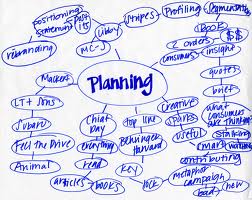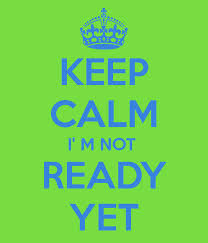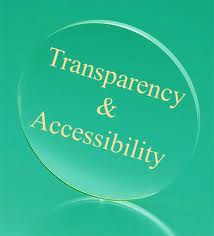 I love Seth Godin and his ability to make you think with what must be some of the world’s shortest blog posts ever. Did you see his recent post titled A ten-year plan is absurd? I swear to you this 28 word post has been rattling around in my head for the last five days. If you haven’t read it, it is really worth the click. Seriously!
I love Seth Godin and his ability to make you think with what must be some of the world’s shortest blog posts ever. Did you see his recent post titled A ten-year plan is absurd? I swear to you this 28 word post has been rattling around in my head for the last five days. If you haven’t read it, it is really worth the click. Seriously!
Here are some of the thoughts I cannot seem to shake:
- Back in the days when we had more time and the luxury of being thoughtful, it wasn’t uncommon for an organization to develop a long-range plan. This document was akin to a vision statement, but it had more depth and long range goals.
- Strategic plans were three to five years in duration and stemmed from the long-term plan. This document “chunked down” the long term plan into shorter term vision, goals and strategies.
- Every year a tactical plan (aka operational plan) were developed and stemmed from the strategic plan and turned each strategy into a detailed action plan for that particular year (e.g. specific tactics with information on who would do what and by when). These tactical plans would commonly provide direction to development of individual annual performance plans as well as committee work plans for each standing committee of the board.
As our world seems to have accelerated and time has evaporated, it is very common for organizations to pick-up the phone, call a planning consultant/facilitator/coach like me and ask if I’d be willing to help them scrunch all of these plans into one convenient document called “The Strategic Plan.”
Seth’s blog post has me wondering if I’m doing a disservice to my clients by agreeing to help cut these corners?
Does your organization know where it wants to be 10-years from now? 20-years? If not, then what have you done during your “visioning process” for strategic planning that instills confidence that your organization isn’t simply floating from one board’s big idea to the next generation of board members’ genius thought?
Here’s to your health!
Erik Anderson
Founder & President, The Healthy Non-Profit LLC
www.thehealthynonprofit.com
erik@thehealthynonprofit.com
http://twitter.com/#!/eanderson847
http://www.facebook.com/eanderson847
http://www.linkedin.com/in/erikanderson847

 When they are in (or starting to slide into) financial crisis
When they are in (or starting to slide into) financial crisis My advice to those of you considering a strategic planning engagement is:
My advice to those of you considering a strategic planning engagement is: I believe there is a misconception out there about strategic planning because I keep running into executive directors who think just because the current plan is expiring that is must be time to begin work on a new strategic plan. I also oftentimes run into folks who believe it is a perfect time to start planning when their agency is experiencing instability, blurriness, and confusion. In my humble opinion, there is a time and place for strategic planning and embarking on this journey at the wrong time can be at best frustrating and at worst damaging.
I believe there is a misconception out there about strategic planning because I keep running into executive directors who think just because the current plan is expiring that is must be time to begin work on a new strategic plan. I also oftentimes run into folks who believe it is a perfect time to start planning when their agency is experiencing instability, blurriness, and confusion. In my humble opinion, there is a time and place for strategic planning and embarking on this journey at the wrong time can be at best frustrating and at worst damaging. As I had hoped, I found a section titled “Key Questions to Assess Readiness and Capacity”. Here are those questions:
As I had hoped, I found a section titled “Key Questions to Assess Readiness and Capacity”. Here are those questions: We’re not ready, but we still need a plan!
We’re not ready, but we still need a plan! As with most things in this world, there are different schools of thought on different things. While working with a client recently, I was reminded of the two camps that non-profit professionals tend to fall into when it comes to writing vision statements. So, I thought it would be fun this morning to explore both perspectives.
As with most things in this world, there are different schools of thought on different things. While working with a client recently, I was reminded of the two camps that non-profit professionals tend to fall into when it comes to writing vision statements. So, I thought it would be fun this morning to explore both perspectives.



